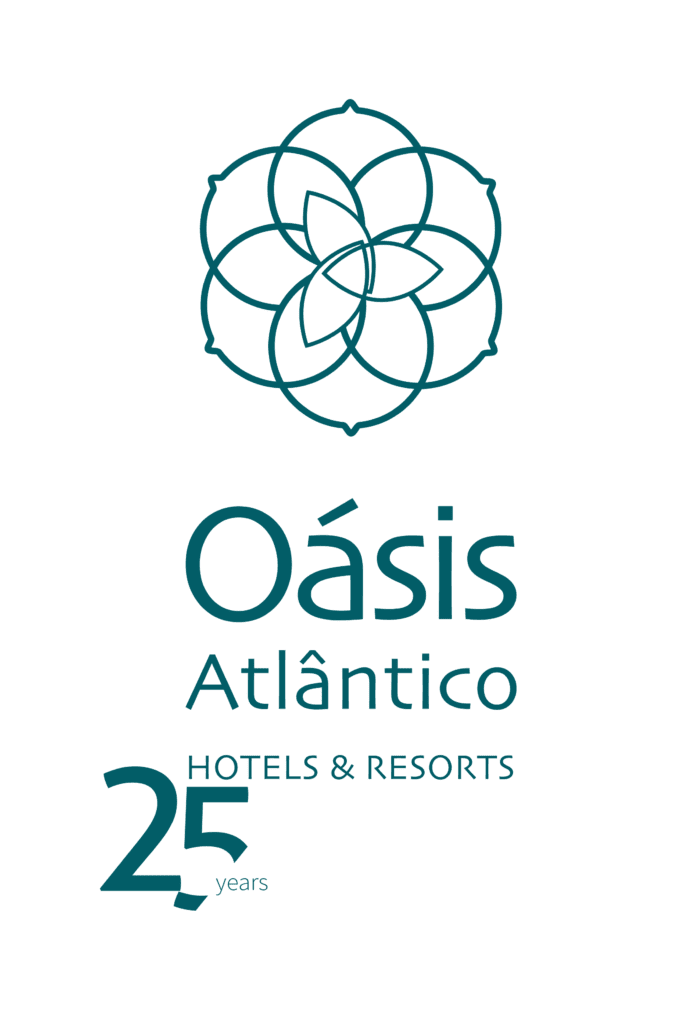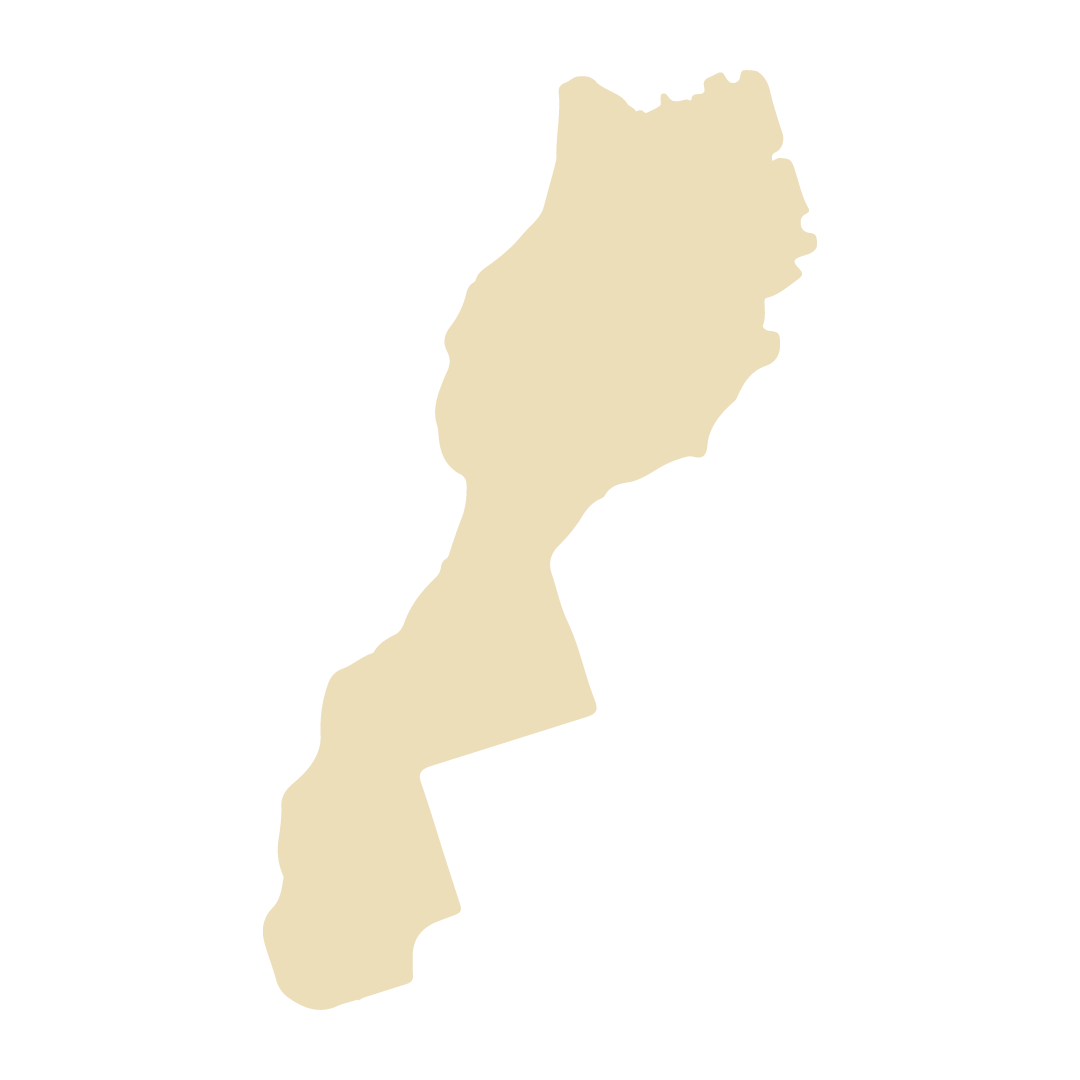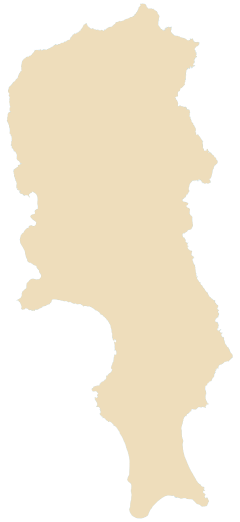Saïdia
Nicknamed the “Blue Pearl”, it is a coastal town and seaside resort in the far northeastern part of Morocco, belonging to the province of Berkane and the Eastern region.
Hotels
Saïdia

Nicknamed the “Blue Pearl”, it is a coastal city and seaside resort in the extreme northeast of Morocco, belonging to the province of Berkane and the Oriental region.
It offers beaches with crystal clear water, lush vegetation and exotic panoramic views. It is also very popular with boating enthusiasts. Saidia is served by 3 international airports: Oudja Angad 50 km, Nador Aroui 70 km and Melilla 75 km.
History
It is likely that the first known inhabitants of the Saïdia region were nomadic tribes of Arabic language culture, possibly the Ouled-Mansour-Rel-Trifa. These early settlers lived in huts (gourbis) or Berber tents. Around the year 1548, the local inhabitants founded a settlement in which they built a mosque.
For some time, it was practically a ghost town, with almost no inhabitants and only administrative functions.
In 1913, the town became part of the French Protectorate of Morocco and became a popular destination among colonizers, being converted into a seaside resort. After independence, the beach continued to attract visitors, becoming one of the main tourist attractions in the country.
Nature
Sal has about 35,000 inhabitants and is close to the African continent, which makes it vulnerable to the hot, dry desert wind that carries sand from the Sahara.
The extreme flatness, despite its volcanic origin – the lack of mountains, with the exception of the north of the island, which condense atmospheric humidity, makes it a very arid island with extensive white sandy beaches and a mild climate with little temperature variation. , between 24th and 30th.
Nature
The climate in Saïdia is of the semi-arid Mediterranean type, very mild throughout the year, except in summer, when the temperature can reach 40 °C, although the average maximum is just over 30 °C. The rainiest season occurs between October and March and in July and August it hardly rains.
Saidia is known for its extensive golden sandy beaches, which stretch from the mouth of the Kiss to the mouth of the Mulucha, over about 14 km. They are urbanized in the city and in the Mediterrania Saïdia development area, while the rest of the coast is semi-desert and wild.
Sightseeing

Marina de Saïdia

The marina has several shops, bars and restaurants to explore. There are also several activities to highlight such as going on a boat, jet ski, catamaran, parasailing and even riding a “banana” at full speed.
Oujda

Oujda is about 60 km from Saïdia and is the capital of the eastern region of Morocco. There are excursions to this city, from the tourist area of Saïdia, to visit the city and get in touch with Moroccan culture. There are organized tours to discover the Medina, the souk (market), the Gothic Bab Sidi Abdelouhab door and be sure to try some local delicacies such as dates or buy spices.
Salinas of Pedra de Lume

Pedra de Lume is a town located on the east coast of Sal Island. It is located by the sea, and has a beach integrated into a landscape of remarkable beauty. Nearby, in the crater of an ancient volcano, into which the seawater infiltrates and later evaporates, are the Pedra de Lume Salt Pans, whose salt gives Sal Island its name.
Much of the salt produced on the island is treated at an existing factory in Pedra de Lume. In some of the salt pans, it is possible to try to dive into its highly concentrated salty waters. The high salt density prevents people from reaching the bottom, allowing them to float effortlessly.
Berkane

Berkane is a city in the northeast of Morocco, capital of the homonymous province, which is part of the Oriental region, with more than 85 thousand inhabitants.
It is located in a rich agricultural region, which has attracted immigrants from western Morocco and the Sahara, although it is also a land of many emigrants, namely to Fez and to Europe. Citrus fruits are the most famous agricultural production in Berkane, known as the citrus capital of eastern Morocco. In many places in the region, the landscape is dominated by vineyards, orange groves and other orchards.
The city is located in the Rif region, in the Triffa plain and Moulouya valley, which separates the provinces of Berkane and Nador. Immediately south of the city is the Beni Snassen mountain range and Natural Park. Two of the main tourist attractions in the region are the Zegzel gorges and the Camel Grotto, located in the Beni Snassen hills, southwest of the city.
Berkane lies 22 km west of Ahfir (on the border with Algeria), 60 km northwest of Oujda and 80 km southeast of Nador. It owes its name to the local saint Sidi Ahmed Aberkane. The majority of the population is bilingual in Zeneta Berber and Moroccan Arabic.
Buracona – Natural Pool

Buracona is a small bay located approximately 4 km west of the island’s capital, Espargos.



